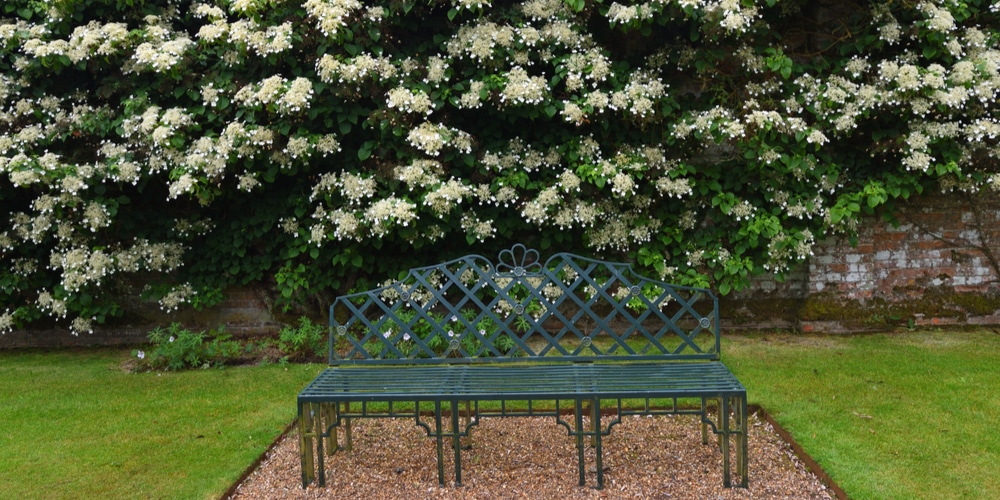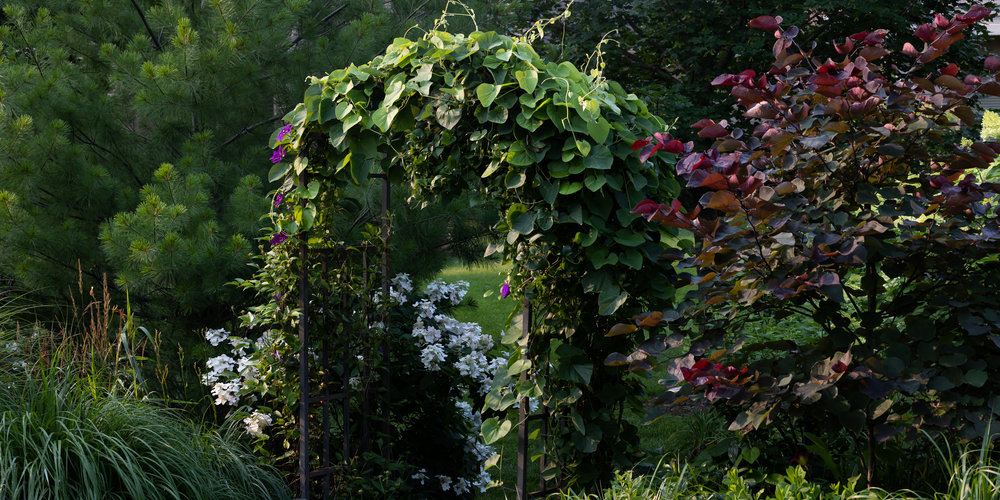Climbing hydrangeas are a beautiful addition to any garden and thrive in full sun or partial shade. While they can survive the winter with no extra care, their gorgeous blooms will be even more impressive if you take the time to provide them some TLC during those cold months. Here’s what you need to know about caring for climbing hydrangeas in the winter.
Climbing Hydrangea Winter

Climbing hydrangeas will generally go dormant during the coldest times of the season unless you live in an area with warmer winters. This means that it won’t require extra water or care – since it is essentially hibernating.
There will be no noticeable growth or other changes happening during this time. It’s essential to plant your hydrangeas in the right conditions and to fertilize them regularly during the growing season. This will help improve the plant’s health and will make them more likely to survive the winter.
Hydrangeas like to grow in well-draining soil, which is slightly acidic and full to partial sun. It’s also a good idea to plant hydrangeas in a sheltered area if you live somewhere with high winter winds and storms. Climbing hydrangeas produce suckers which help them to grow up to 15 feet tall as long as they have the support of a wall or fence.
Taking Care of Your Plant in winter
While climbing hydrangeas may not require any additional care during the winter, that doesn’t mean you shouldn’t take steps to protect your plant.
These plants are fairly cold-hardy, and they can survive temperatures well below freezing. However, they can be affected by the cold, which may stop them from producing buds and flowering the following spring.
However, you can still do a few things to ensure that your plant stays healthy during the winter season. Removing all of the dead or dying foliage on your climbing hydrangea before winter sets in is important. You can deadhead your plant’s blooms in the fall once they start to die.
In the early winter, it’s a good idea to give your hydrangea light pruning to tidy it up. Remove any dead branches and leaves and check that it’s in good condition. You can also prune the plant at this time of year to help maintain its size and appearance.
If you reside in a particularly cold or windy area, you might consider wrapping the base of your climbing hydrangea with burlap or another type of protective covering.
To prevent damage from snow and ice, consider placing stakes around your plant and gently tying its branches up off the ground.
Conclusion
With these tips in mind, you can help ensure that your climbing hydrangea is healthy and thriving throughout the winter months. And, if you’re lucky enough to live in a climate where your plant grows year-round, these steps will help protect it against damage during the coldest parts of the season. This will allow you to continue enjoying its beautiful blooms well into spring and summer.
